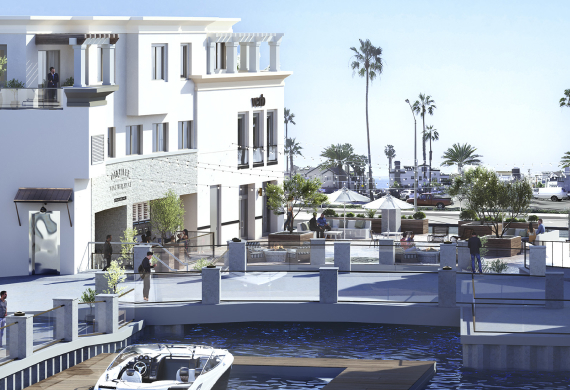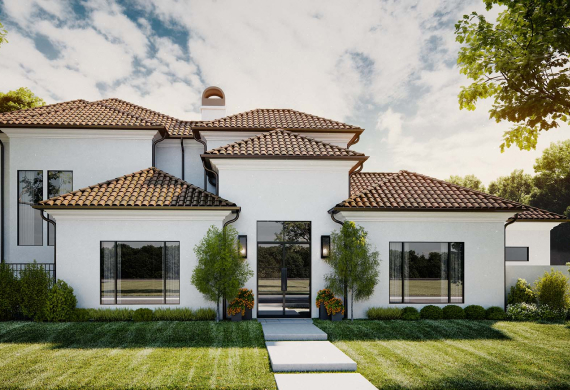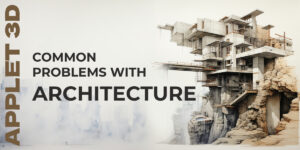- Intro
- Types of architecture
- What is architectural style?
- The history of architectural styles is the history of humans evolving
- Top architectural styles
- 1. Classical architecture
- 2. Romanesque
- 3. Gothic
- 4. Baroque
- 5. Minimalism
- 6. Neoclassical style
- 7. Modern (Art Nouveau)
- 8. Art Deco
- 9. High-Tech
- 10. Biotech
- 11. Deconstructivism
- 12. Craftsman
- Conclusion
Intro
In the process of historical development in different peoples and countries of the world, ideas about beauty and artistic harmony changed, there was a need for new types of buildings, and more progressive methods of construction were developed, which collectively led to the replacement of former forms and means of artistic skill with new ones, to changes in architectural styles. The concept of style in architecture is extremely comprehensive: it arises based on a specific ideology and corresponds to the actual social demands of society. Today’s styles of architecture are produced under increasingly higher technical capabilities of the construction industry, new building materials, and structures.
The appearance of the building is a loud clue, with the help of which you can understand in which era it was built. It is easy to do if you have an idea of architecture styles and their main features. That is why we decided to tell you about the most popular building styles of mankind.
Types of architecture
Firstly, let’s consider different types of architecture. According to the type of human activity, a variety of architectural structures can be divided into three branches:
- industrial buildings (factories, warehouses, power plants, breweries, distribution centers, etc.);
- residential buildings (houses, duplexes, dormitories, townhouses, hotels, private dwellings, apartment complexes, etc.);
- public buildings (theaters, libraries, stadiums, cinemas, hospitals, airports, museums, schools, shops, etc.).
We can also distinguish such a type of architecture as religious. It includes churches, mosques, chapels, temple buildings, sanctuaries, etc. In other words, the main architecture types are domestic, religious, governmental, recreational, educational, welfare, commercial, and industrial.
While architectural types tell us about the purpose of architecture, architectural styles indicate more about the era in which the building was constructed and under what conditions.
What is architectural style?
The architectural style is a set of basic forms and features that are characteristic of buildings of a certain time and a certain nation, which give us an idea of the building’s purpose, age, regional context, historical significance, and even the architect. Many factors influence the emergence and evolution of architectural styles, including climate, religion, culture, and technology. Some styles develop linearly, while others develop in parallel.
At its core, architectural style is the creation of a coherent and visually striking design that blends into its environment and serves its purpose. It involves a careful balance of form, function, and aesthetics to create a structure that is both beautiful and practical.
Architectural style can also be seen as a reflection of the cultural, historical, and social context in which it was created. For example, classical architecture is often associated with ancient Greece and Rome, while Gothic architecture is closely associated with the medieval era. In addition, the architectural style is constantly evolving as new technologies, materials, and design approaches emerge. Today, architects and designers are creating more sustainable, technologically advanced, and visually stunning buildings than ever before. Different architectural styles clearly indicate the constant evolution of human creativity and innovation.
The history of architectural styles is the history of humans evolving
Architecture has always been closely connected with the history of society’s development, its outlook and ideas, the level of development of construction technology, with the human perception of utility and beauty. All this influenced the architectural movements.
The architectural style is manifested in the ways of organizing space, the choice of architectural forms, their proportions, and decorative ornaments typical for this era. Familiarity with different styles of architecture can tell a lot about a human’s past. Unlike the Greeks, who knew only a column covered with a beam and rooms with flat ceilings, the Romans developed an arched ceiling and a system of vaults. Roman vaults impress with their imagery, scale, and a large number of varieties. One of the most perfect examples of Roman architecture is the Pantheon, the temple of all the gods, built in Rome in 125 AD. The circular building is covered by a grand dome with a diameter of more than 43 meters.
The history of architecture can be imagined as the history of the development and changes of the so-called great architecture design styles (world styles): Classicism, Gothic, Romanesque, Renaissance, Baroque, and Modern. All architectural styles number about 30. Different types of architectural styles were created over time, by various trends. We have compiled for you a list of architectural styles that you certainly need to know about.
Top architectural styles
Understanding how one phenomenon affects the other can help provide an overall overview of the masterpieces that mankind has created over the years. That is why we present a list of the most prominent building styles, their features, and specifics.
1. Classical architecture
Among the different building styles, Сlassical is one of the most recognizable and “loud”. Classical architecture style originated in ancient Greece between the VII and IV centuries BC. It is known for its large stone temples, made based on the principles of order and symmetry. The most striking example of this architecture style is the Parthenon, built in the Acropolis of Athens in the V century BC. Among other instances of Classical architecture that you probably know about are the Colosseum in Rome, and Birmingham Town Hall in England.
Classical architecture is considered a universal construction style, typical for count estates and palaces, but today classical architecture can be seen in private houses and cottages. It is also considered one of the best house architecture styles of all time.
A prerequisite for creating a classic architectural composition is the use of expensive finishing materials and elements that attract attention with luxury and splendor. At the same time, Classical-style cottages are characterized by strict adherence to the principles of proportionality and harmony. The walls of the house in the Classical style are traditionally covered with a light plaster. Simple and at the same time elegant Classic style is ideal for the design of private country houses. The use of such architectural residential styles can well emphasize the refined taste of its owner and creates a sense of solidity – an immortal classic.
Classical style in modern architecture is characterized by the following decorative elements:
- snow-white columns decorating the entrance group;
- large balconies;
- antique pediments;
- figured balustrades and parapets;
- exquisite platbands;
- ornamental bas-reliefs (meanders, leaves, palmettes, rosettes); basement finished with decorative stone.
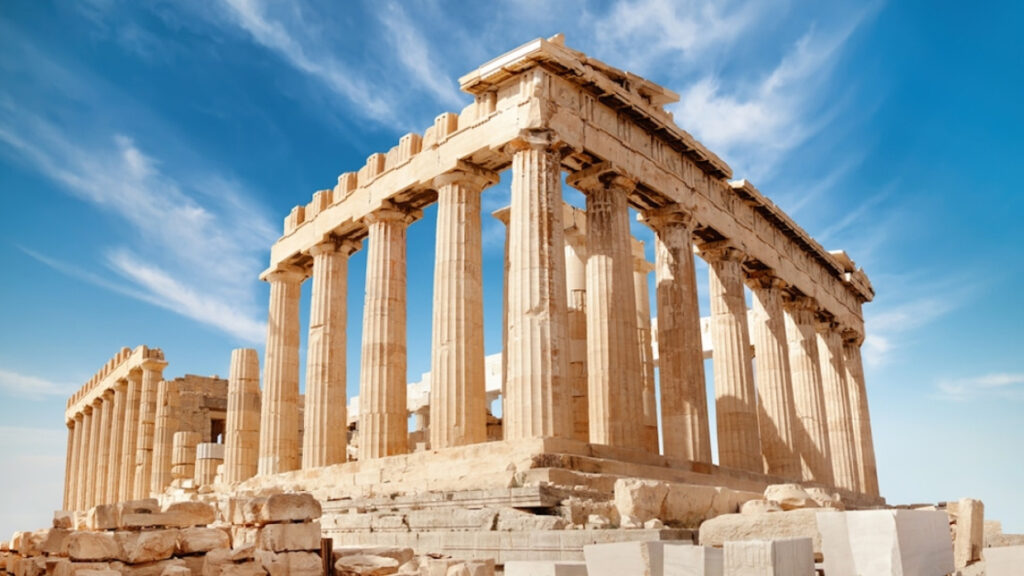
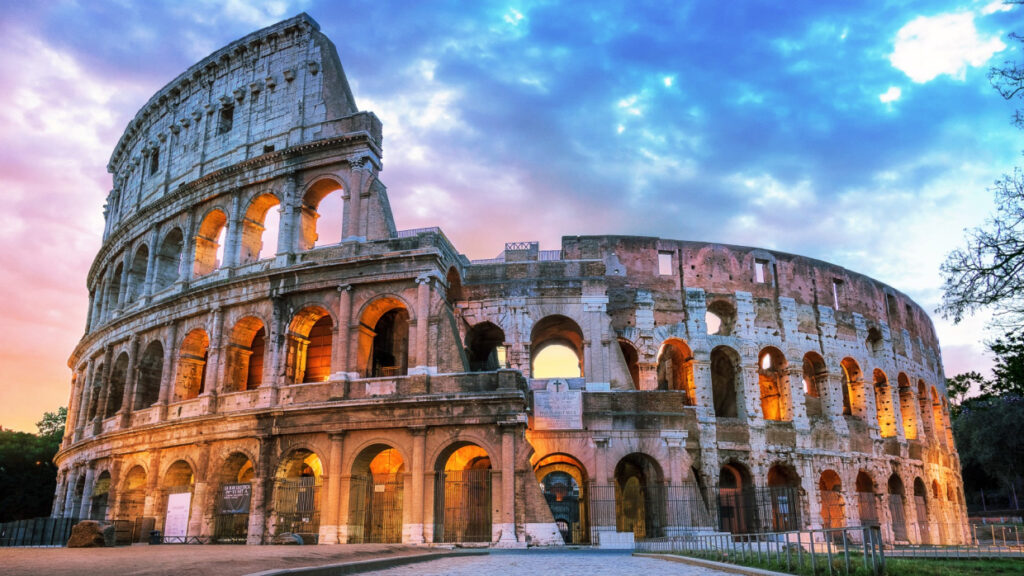
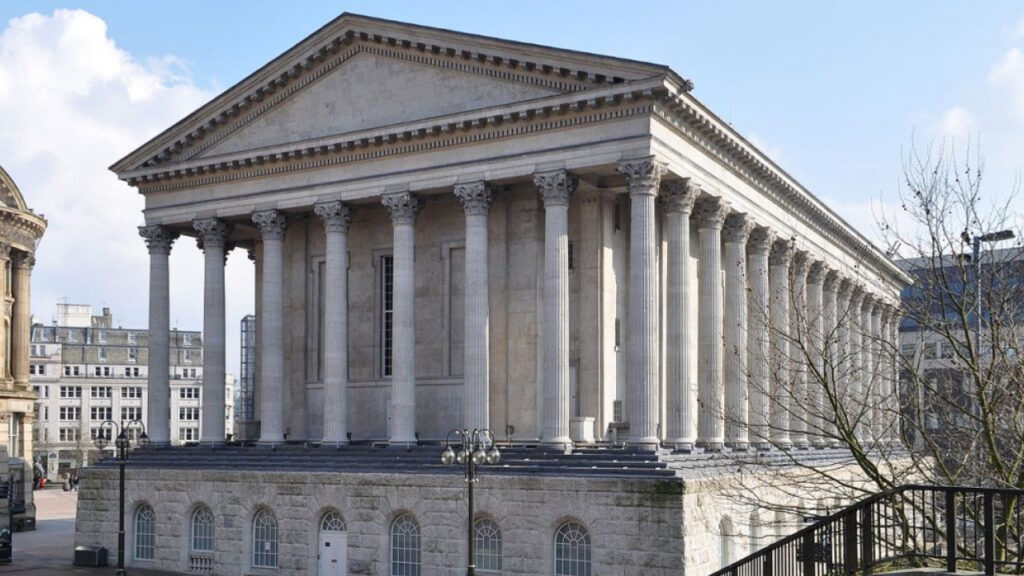
2. Romanesque
Among architectural design styles, Romanesque is famous for its history and geometric shapes. Structures were created as the construction of simple geometric forms: cylinders, parallelepipeds, and cubes. This style of architecture had many basic features of Roman and Byzantine architecture. It represents the construction of fortified castle towns, temples, and monasteries with powerful stone walls, narrow windows, and defensive moats around the fortifications where bridges and city gates were guarded by guards and streets were blocked with chains at night. In the 12th century, the castles-fortresses had towers with loopholes and galleries.
Romanesque style characteristic features include powerful walls with narrow windows, almost deprived of decorations, massive towers with hipped tops, and semicircular arches. The simplicity and severity of lines emphasize an upward tendency. In the early Romanesque architectural style the walls were painted, and by the end of the 11th century, voluminous stone reliefs appeared on the facades. The castle was usually built on a hill, which was of strategic importance for defense and observation. The towers – shelters served as a decoration of the composition. They might be round, quadrangular, or hexagonal, with a pointed roof. Other buildings of unpretentious geometric shapes were arranged around them.
Historic buildings in the Romanesque style are characterized by the following features:
- the predominance of unworked stone;
- the laconicism of the exterior finishes;
- the severity of the architectural forms;
- massive walls;
- deep stepped portals;
- narrow window openings;
- complex ceramic tile roofs;
- circular or semi-circular arches, stone vaults;
- compact shapes and clear silhouettes echoing the natural topography.
Carefully placed, such structures have always blended harmoniously into the surrounding landscape, creating an impression of thoroughness and absolute protection. The representatives of this ancient architectural style are almost all castles and cathedrals of Europe, built in the XI-XII centuries. For example, Lisbon Cathedral (Portugal), Saint-Savin-Sur-Gartamp (France), the Cathedral of Clonfert (Ireland), the Cathedral of Modena (Italy), Dannottar Castle, Aberdeenshire (Scotland).
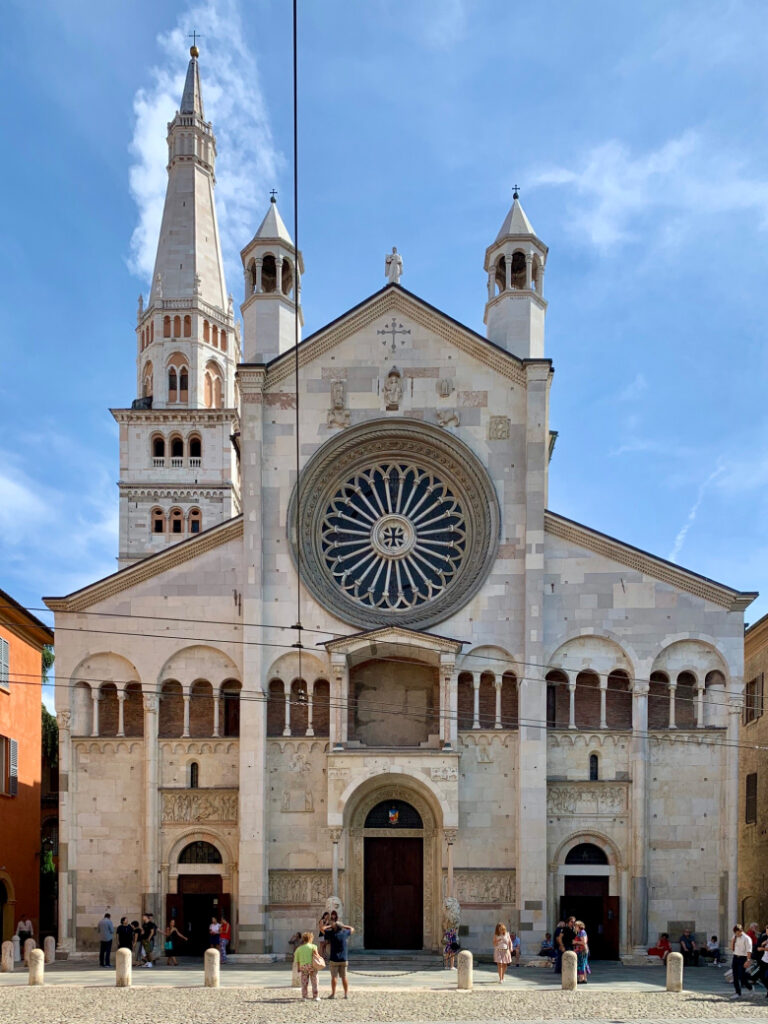

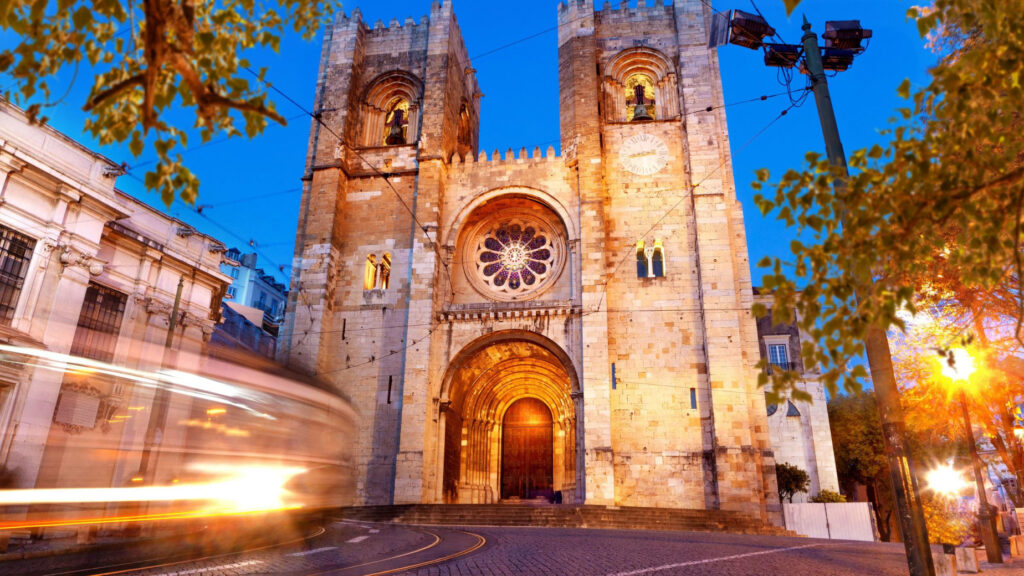
3. Gothic
Gothic style refers to ancient architecture styles. Gothic buildings are based on frame construction with lancet vaults, high windows, pointed arches, carvings with religious themes, and spires pointing upward. Evolving from Romanesque architecture, this style emerged in the Ile-de-France region of northern France in the 12th century.
The Gothic architectural style has left an indelible mark on various cities in England, Spain, Germany, Austria, and the Czech Republic. When we talk about the Gothic style, we, first of all, think of numerous ancient cathedrals, abbeys, and parish churches. The influence of this style can also be seen in the architecture of castles, town halls, palaces, universities, and even private residences.
Numerous examples of medieval Gothic architecture are considered to be among the most iconic cultural monuments in the world and have been recognized as UNESCO World Heritage Sites. The enduring legacy of this timeless style continues to inspire awe and admiration among countless people from all over the world. Today, this style is perhaps one of the most recognizable styles of architecture.
The main features of the Gothic style are:
- a large number of different sharp elements and vertical lines – it feels as if the house is reaching for the sky;
- elongated stained glass windows with pointed tops;
- stone half-arches connecting the vertical support to the wall;
- the narrow towers that look upwards;
- decorations in the form of sculptures, bas-reliefs, etc;
- wrought iron roof spires;
- the ‘rose’ in the center of the facade;
- a large number of decorative elements (archivolts, vampires, timpani).
Gothic architecture is known for its impressive engineering innovations, with one of its most notable achievements being the frame system. This revolutionary invention changed the distribution of loads in buildings, leading to lighter walls and ceilings, increased building height and area, and more efficient use of building materials.
The most famous examples of Gothic architecture are Notre Dame de Paris and Reims Cathedral in France, Duomo di Milano in Italy, Westminster Abbey in England, St. Stephen’s Cathedral in Austria, Cologne Cathedral in Germany, and Cathedral of Our Lady of Antwerp in Belgium.
We can say that the Gothic style is a relic of the great past. In modern times this style of architecture is found quite rarely. Cottage in the Gothic style – is exclusive, carried out under the order of the individual owner. The main material for building such old-style houses – is natural stone.

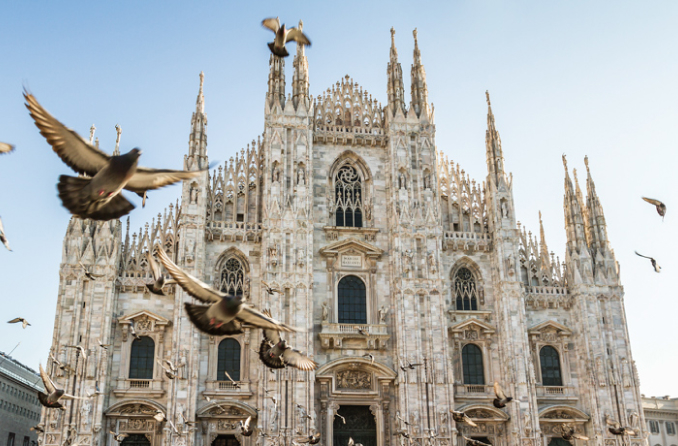

4. Baroque
The Baroque architectural style was born in Italy in the 16th century thanks to the work of great masters, one of whom was Michelangelo. It developed as a counterbalance to Сlassicism and almost simultaneously with it. Rome became the center of Baroque architecture and from there the Baroque style spread to other countries.
Such architectural design styles as Baroque are famous for their magnificence and sophistication. This architectural style was used for the construction of cathedrals, palaces, and public buildings. Large colonnades, the abundance of different sculptures and pilasters, telamons (atlantes), caryatids and macarons (full-face human or animal heads), and multilevel domes of temples are typical for the Baroque. This style of architecture was the opposition to rationalism and classicism. His task was to create an impression of solvency and power.
Baroque architects developed the basic elements of Renaissance architecture (which in turn inherited the ancient style) to its limits, including the characteristic domes and colonnades, and made them taller, more majestic, and more ornate. In Spain and Latin America, Baroque buildings were particularly lavishly decorated, a trend called “churrigueresco.” In France, this architectural style took on monarchical features, expressed in the magnificent Versailles.
The main features are:
- multiple repetitions of the same decorative techniques in the facade of the building;
- the abundance of details;
- the gilded sculpture;
- expensive materials: gold, natural stone, bronze, crystal, marble;
- bright colors;
- fragmented or intentionally incomplete elements;
- use of a play of light and shadow;
- brightly painted ceilings;
- large-scale murals;
- illusionary effects such as Trompe-l’oeil;
- mounted sculptures of caryatids and atlantes;
- pear-shaped domes (more typical of the Baroque of Eastern Europe) on facades;
- twisted columns as if creating the illusion of upward movement.
The most typical representatives of Baroque architecture are the Trevi Fountain and the church of Santa Susanna in Rome (Italy), St. Peter’s Square in the Vatican, the cathedral in Berlin (Germany), and the royal palace in Madrid (Spain).
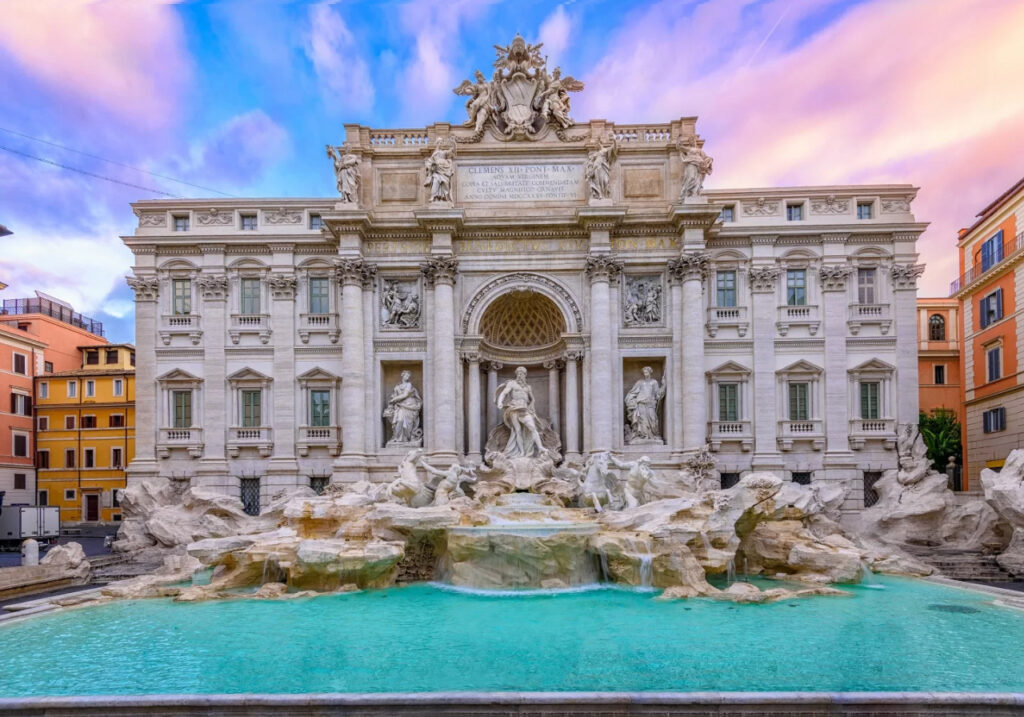
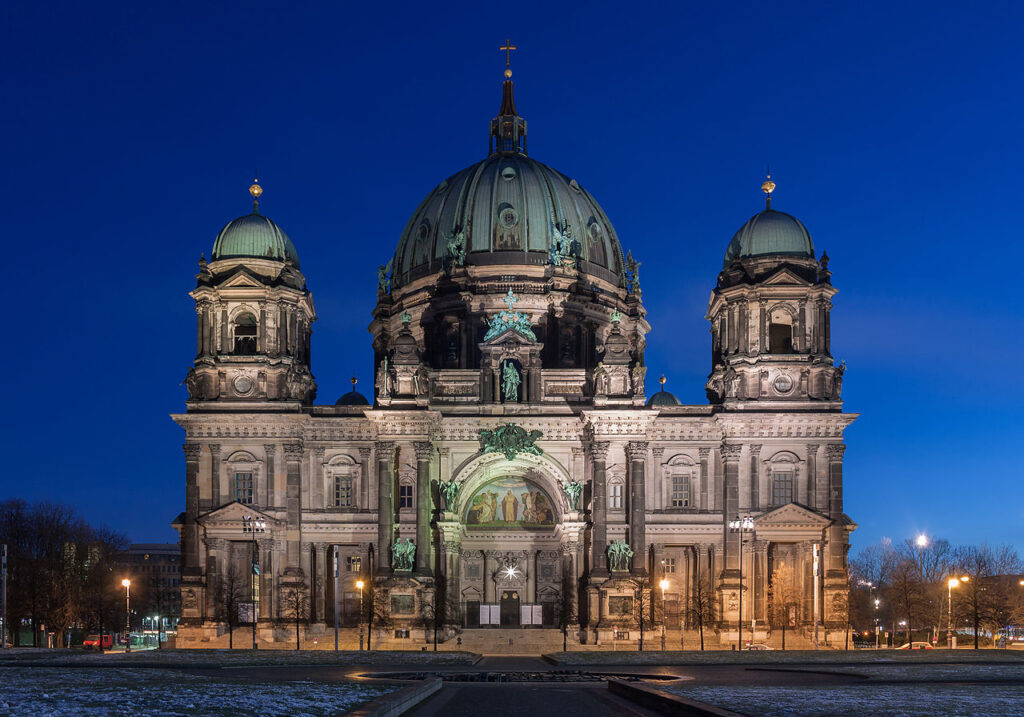

5. Minimalism
The architectural features of the building correspond to a particular time, the so-called architectural period or trend, helping to immediately recognize in which style or by which artist it was created. Each of us can identify such architectural style as Minimalism at a glance. Minimalism is characteristic of 1960s architecture and originated in the United States. The main idea of Minimalism in architecture is the desire to leave only the most necessary, each element should perform the maximum number of functions.
Characteristic features of Minimalism:
- the maximum possible laconism;
- compliance with the composition;
- the use of natural materials;
- maximum functionality and attention to detail;
- strong lines and geometry;
- a single color scheme;
- attention to lighting design;
- the use of light colors;
- the simplicity of composition;
- the presence of a large number of windows and lighting elements.
Significant attention in this architectural style is paid to the choice of materials and their quality. Priority is given to natural materials, such as stone, wood, glass, or marble. Minimalism is widely used in public buildings, offices, shopping centers, and private homes.
In general, the main feature of Minimalism is to create an exterior and interior with a minimum of details and a maximum of free space. Teatro Armani in Milan, The Apple Store on Fifth Avenue in New York City, and Dupli Casa in Germany are the most recognizable buildings of Minimalism architecture.


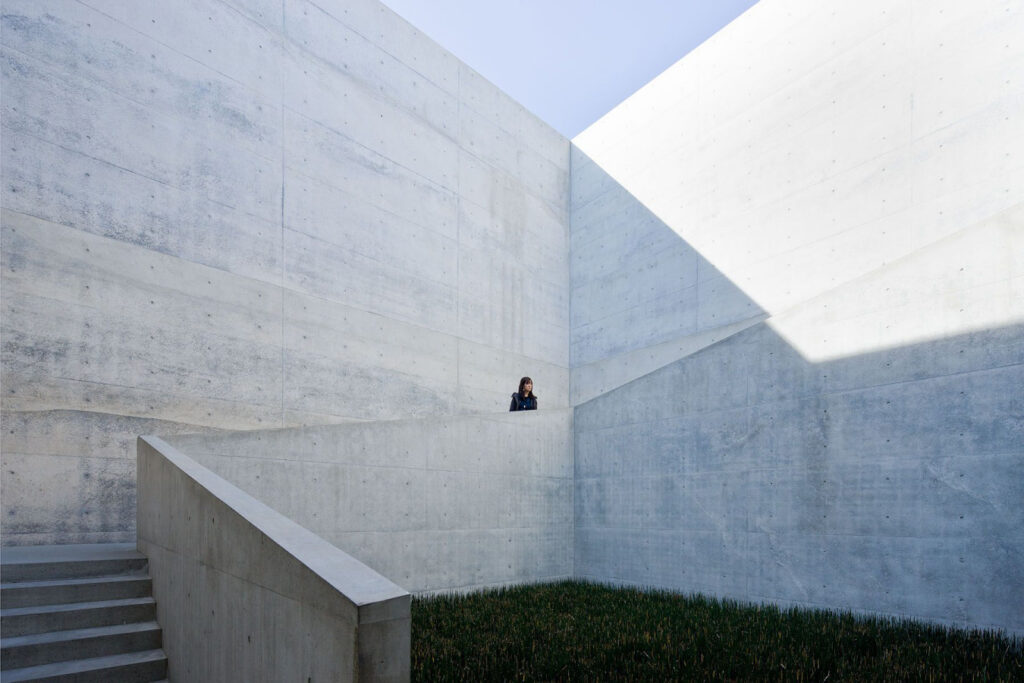
6. Neoclassical style
The revival of European cultural space led to the emergence of architecture focused on rational symmetry as a response to Baroque architecture. Based on the classical art of antiquity, Neoclassicism was the final chord of the period of classicism.
Neoclassicism adhered to the principles of light and straightforward execution. The main advantage of the new architectural era is the rejection of the abundance of decorative elements, and the pretentiousness of some previous styles. Professionals took the order system as a basis, aimed at harmony, observing proportions and symmetry. The main difference from Classicism was a different interpretation of antique motifs.
Neoclassicism combines features of different styles in art. There are such characteristic features of Neoclassicism:
- the dominance of strict lines and the observance of proportions;
- symmetry;
- minimalism in decor;
- the mix of classical and Renaissance influences;
- calm color scheme;
- rectangular facades;
- laconism in the design of facades;
- the rejection of the excessive rigor of Classicism.
The University campus in Rome, the House of Art in Munich, and the Imperial Chancellery in Berlin are famous examples of Neoclassical architecture style in Europe. In these buildings, Neoclassicism was reduced to crude forms, subject to strict symmetry and rhythm. In the United States, such Neoclassical buildings are the White House, U.S. Capitol Building, Lincoln Memorial in Washington, and Virginia State Capitol in Virginia.

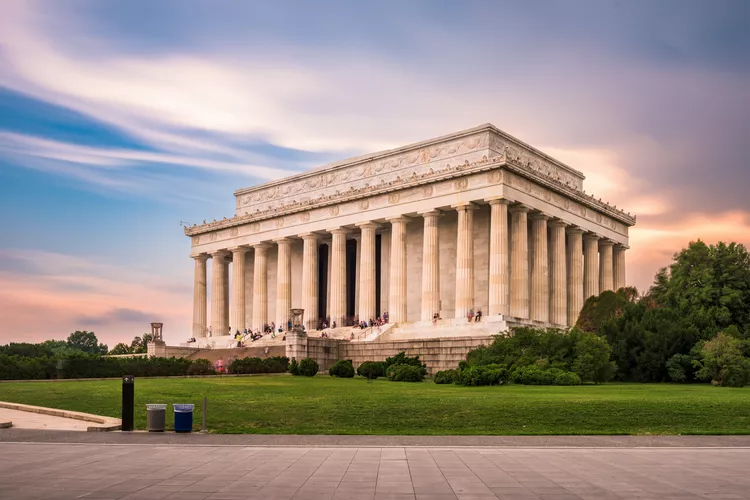
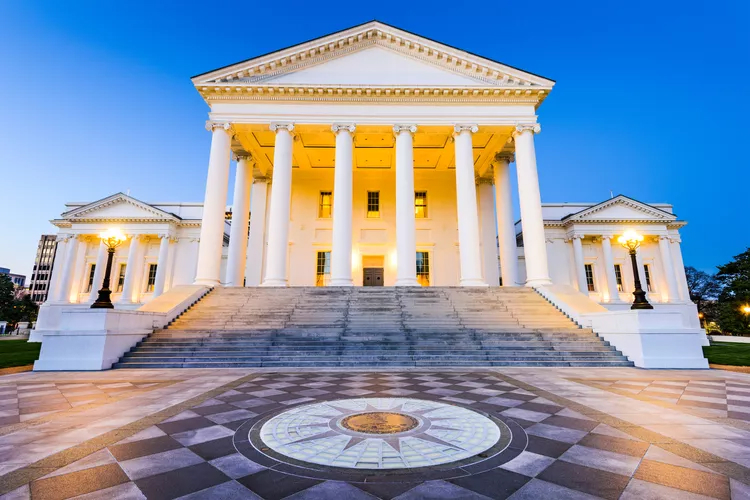
7. Modern (Art Nouveau)
Art Nouveau is one of the traditional architectural styles. At the turn of the XIX-XX centuries, the Art Nouveau architecture style took over the entire European continent, appearing differently in each national context: in Germany and Austria, it is known as Jugendstil or Secession style, in France and Belgium – Art Nouveau, in Italy – style liberti or stile floreale (floral style).
The main statement of Art Nouveau is that art and life are inseparable. Nature becomes the main source of inspiration for the movement, which sought to complete the unity of structure and decor. Its main concept is the combination of the best achievements of the past and the latest ideas of the present.
The main characteristic of the architectural style is ornaments filled with stylized motifs of plants and flowers, birds, insects, and fish. Straight lines in Art Nouveau are almost absent – they are replaced by little curved smooth outlines of the facades, windows, and structural elements. Facades are distinguished by rounded contours of openings, the use of lattices of forged metal, and glazed ceramics. Particular attention is paid to window apertures with an ornate pattern of bindings and stained-glass windows. Great attention is also paid to detail: doors are often decorated with a mosaic pattern, and staircases and pillars are designer works. Enamel, copper, and brass are used in the interior.
One of the essential features of the Art Nouveau style is the muted colors and their sophistication. The most common colors of Art Nouveau are beige gray, the color of a faded rose, gray-blue, tobacco, and dark lilac. In terms of the building most often gravitate toward the square, and the rooms are grouped around the hall.
Main features:
- natural ornamentation;
- smooth, wavy, curved lines in the decoration of facades and interiors;
- pastel muted shades;
- interior decoration – stained-glass windows, mosaics, enamel;
- building decoration – wood, wrought iron elements of unusual curved forms;
- rectangular doors and windows, quite often – arched.
There are many examples of this style all over the world. The most striking is the Casa Mila and Casa Batlló in Barcelona (Spain) and the Solve Mansion in Brussels (Belgium). It is impossible not to mention such a bright example of Art Nouveau as the entrances to the metro station in Paris, designed by Hector Guimard.
The Art Nouveau style is developing mainly in the architecture of urban mansions and expensive apartment buildings, country villas, and cottages. As an architectural house style, Art Nouveau promotes individuality. Like a century ago, the house in this style provides comfort, coziness, and bright, memorable architecture.
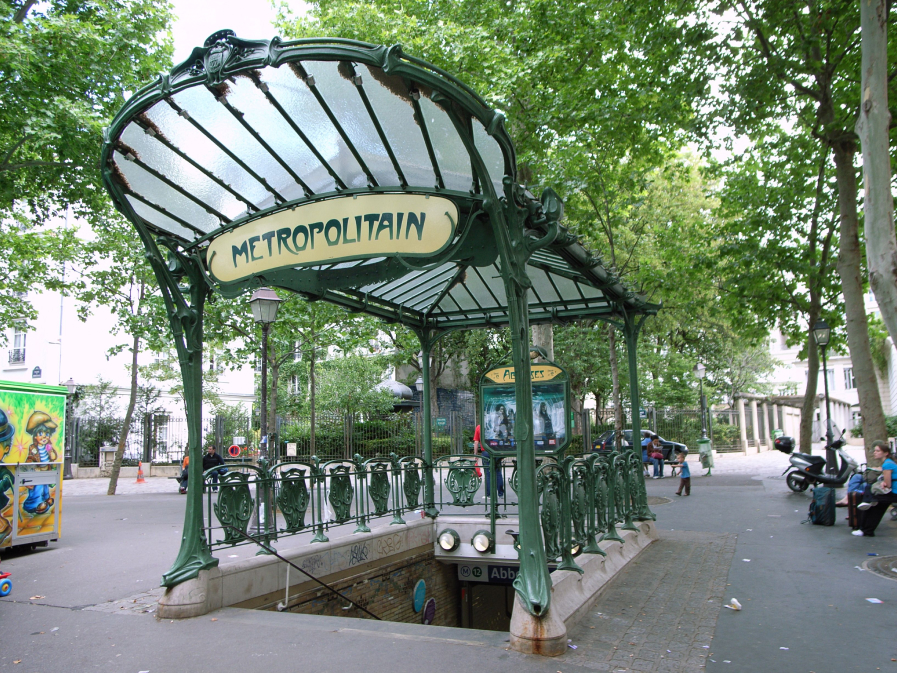
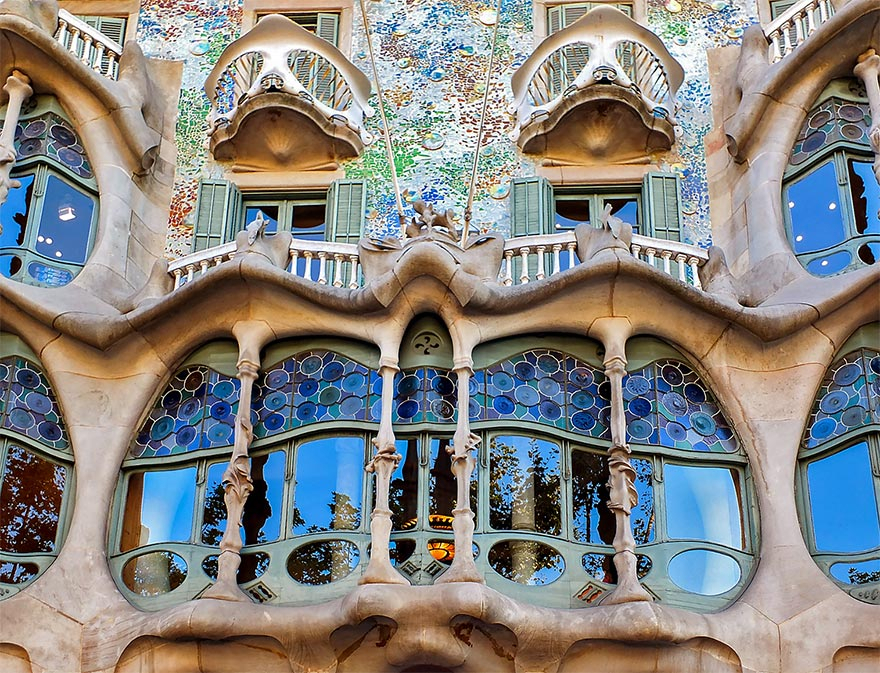
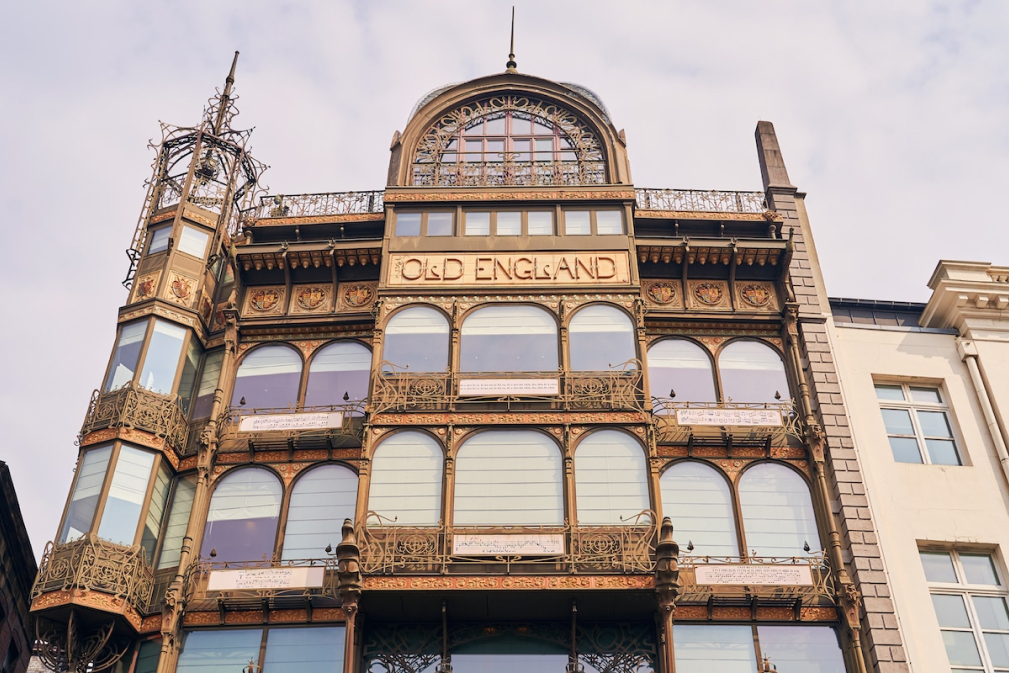
8. Art Deco
Art Deco as one of the building design types gained international recognition in the first half of the XX century, actively developing in the United States and less active in Europe. It is a dynamic and daring continuation of Art Nouveau. It does not reject Neoclassicism but welcomes modern technology and aerodynamic elements.
Unlike Art Nouveau, dominated by flowing silhouettes and floral ornamentation, Art Deco mansion design prefers broken lines and geometric and animalistic motifs. Actively used circles, and triangles. Art Deco as a construction style prefers expensive materials, such as rare woods, ivory, aluminum, and silver.
In contrast to the pastel palette of Art Nouveau, Art Deco country houses stand out with contrasting combinations that emphasize geometric spatial solutions. The background color of the walls, as a rule, is neutral light. In the construction of Art Deco houses, glass, and ceramics are often used for finishing, which allows the buildings to be more modern and graceful. Simple rectangular windows with a large area of glazing are characteristic of this architecture style. As decor – bars with floral or animal ornaments. Doors in Art Deco residential building projects are also simple in shape, metal or wood, decorated with geometric designs, and the design of door handles supports the idea of broken lines.
Art Deco is quite peculiar and has distinctive features, thanks to which it can be easily recognized:
- the competent combination of smooth and broken lines;
- the presence of geometric shapes in the facade of the house;
- ethnic patterns, and spires.
Many entertainment venues and casinos around the world were created under influence of this architectural style. The Chrysler Building in New York is considered a symbol of Art Deco. It is in this big city of America you can find the most striking examples of Art Deco architecture – the famous skyscrapers of the Empire State Building, the General Electric Building, and the American Radiator House.
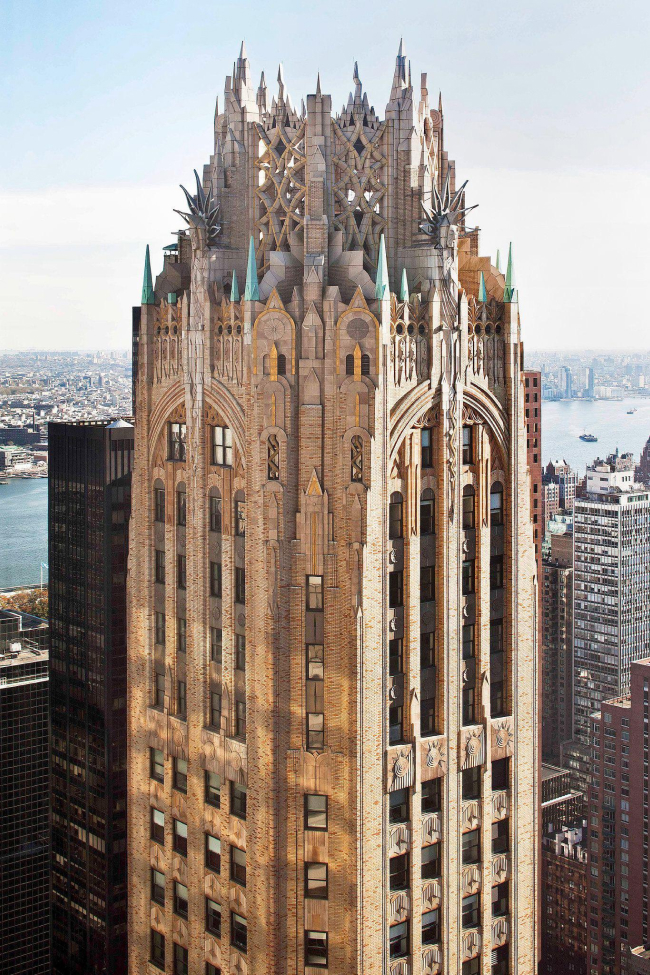
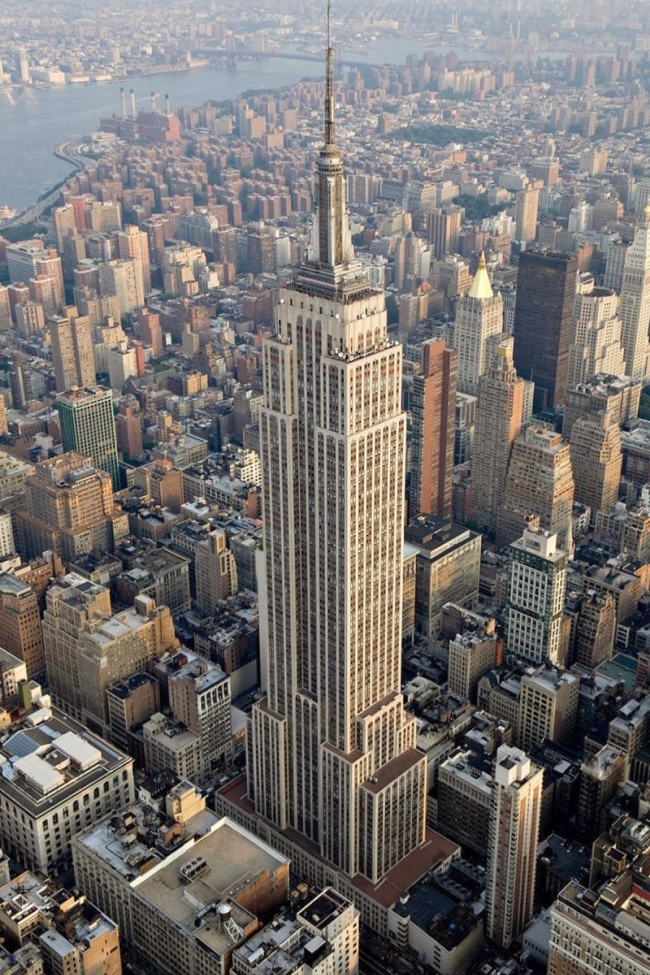
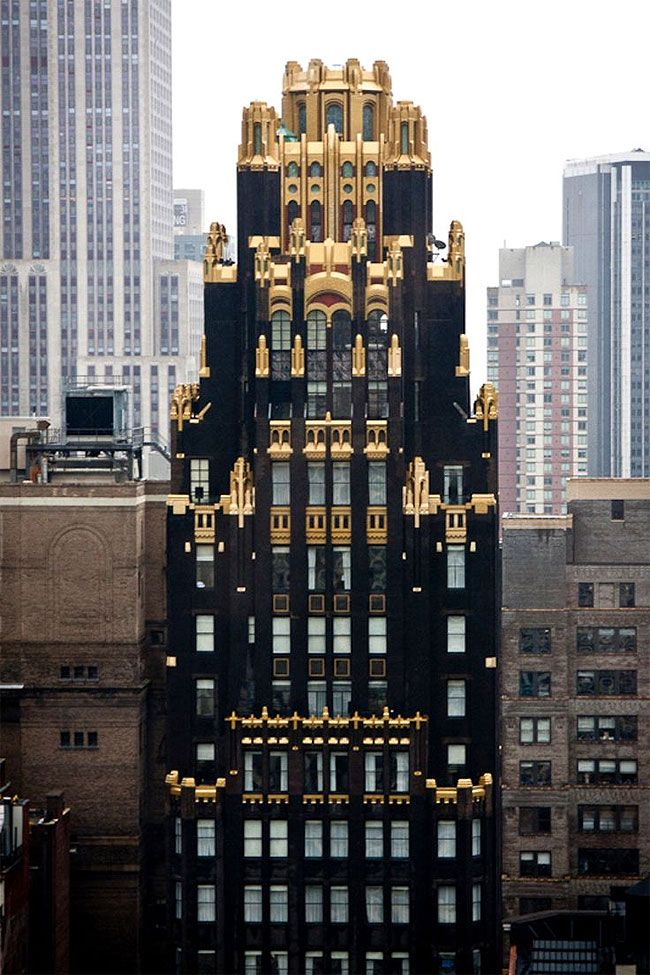
9. High-Tech
Among different kinds of architecture, High-Tech is one of the most recognizable. High-Tech of the late XX – early XXI century emerged from the architecture of industrial premises, where all the furnishings elements are subordinate to the functional purpose. At first, it was more of an approach to architecture rather than a particular style. Elements of industrial aesthetics passed into the living space, where they were further developed: a mixture of high technology and constructivism came out.
High-Tech refers to ultra-modern styles. The main features of High-Tech are maximum functional use of space and restrained decor. This style is characterized by swift, straight lines, protruding structural elements, silvery metallic color, and wide use of glass, metal, plastic, and natural wood. The buildings are deliberately simple in shape, often with cubist elements, spacious and well-lit.
In its pure form, High-Tech is used very rarely – as a rule, the construction of residential buildings in this style of architecture involves only some of its unique elements, which are most organically combined with the spirit of Minimalism.
High-Tech was formed under the influence of the industrial concept of construction, which explains its following features:
- laconism;
- the severity of lines;
- the small number of decorative elements;
- the predominance of metal shades;
- a large number of glass structures.
Examples of High-Tech architecture include the Pacific Design Center in the United States, the Fuji TV building in Japan, and the Pompidou Center in France.


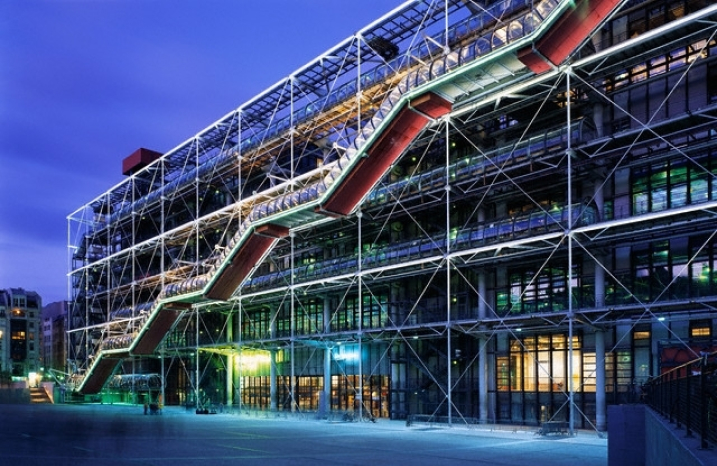
10. Biotech
Biotech was developing in parallel with High-Tech. This style of architecture is also characterized by the use of glass, metal, and concrete, mirror surfaces, and often a play of reflections. The architecture of this trend is experimenting with environmentally friendly materials and energy efficiency, trying to create the latest space for human habitation: eco-houses with autonomous life-support systems and green terraces, using natural lighting, solar panels, moisture storage, and other achievements of civilization.
Biotech most often lacks angles and symmetry and has intricate forms inspired by animate and inanimate nature. Buildings built in the Biotech style, reminiscent of the web, the honeycomb, the shells, and the living inhabitants of the sea or land.
The brightest representatives of the Biotech architecture style are the Fred Olsen Center in London, the City of Arts and Sciences in Valencia, AirBubble Playground in Poland, and the BIO4 Power Plant in Denmark.
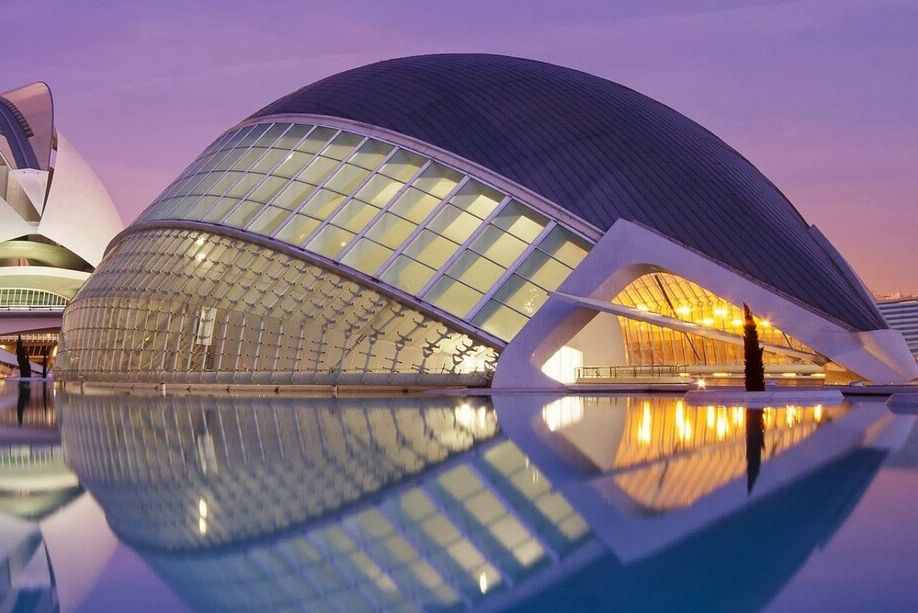

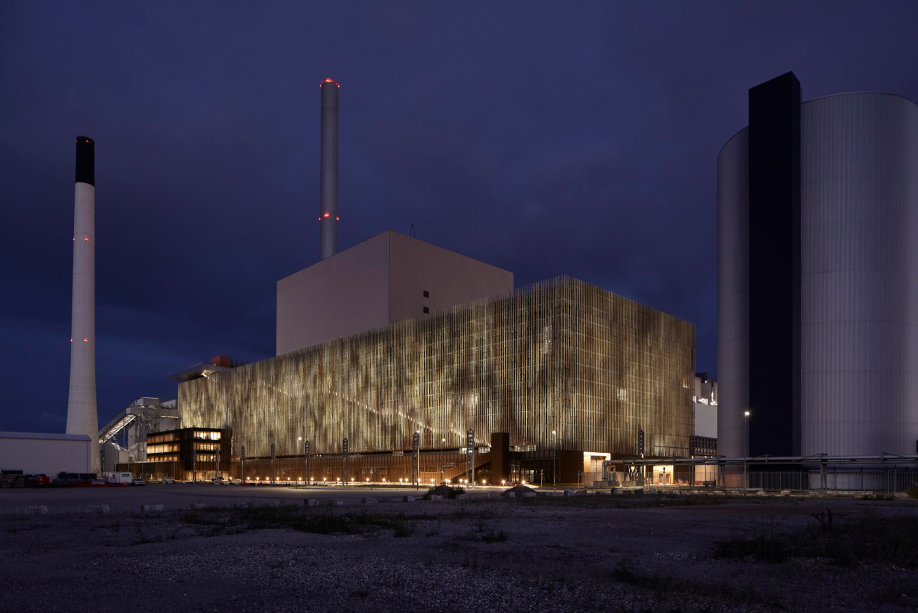
11. Deconstructivism
Naturally, we can’t help but think of such a “fancy” architectural style as Deconstructivism. It is a young style of architecture, formed at the very end of the last century. It first appeared in the late 1980s, mainly in Los Angeles, California, but also in Europe. The boldest style in existence, Deconstructivism makes the impossible possible.
Deconstructivism in architecture is a disregard for rules and canons, the chaos of form and appearance. It breaks the usual stereotypes and rules of construction. Broken lines, complex shapes, and distorted spaces. The functionality of buildings is the last priority, far more important is to show people how limitless the imagination of the author is and how far it can go.
Focusing on freedom of form rather than functional problems, deconstructivists seek to amaze the visitor by making his stay in their space memorable: the interior is as mesmerizing as the exterior. Deconstructivism opposes almost all traditional building design styles.
Deconstructivism can be recognized by the following characteristics:
- the form is more important than functionality;
- the appearance is maximum geometric: a lot of angles, broken lines, and abstract figures;
- architectural laws of other styles are broken;
- the abundance of metal, glass, and concrete, less often – wood and plastic;
- windows of different shapes and sizes can be randomly scattered throughout the building;
- the contrast of colors and shapes.
Prominent representatives of Deconstructivism are the Dancing House in Prague (Czech Republic) the Guggenheim Museum building in Bilbao (Spain), the Museum of Pop Culture in Seattle, the Porta Fira Hotel in Barcelona, the Seattle Public Library, and the UFA-Palast film center in Dresden.
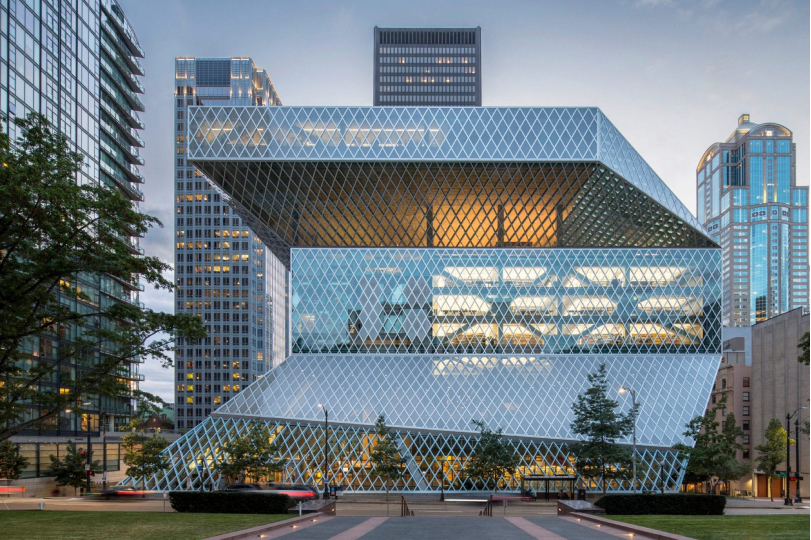
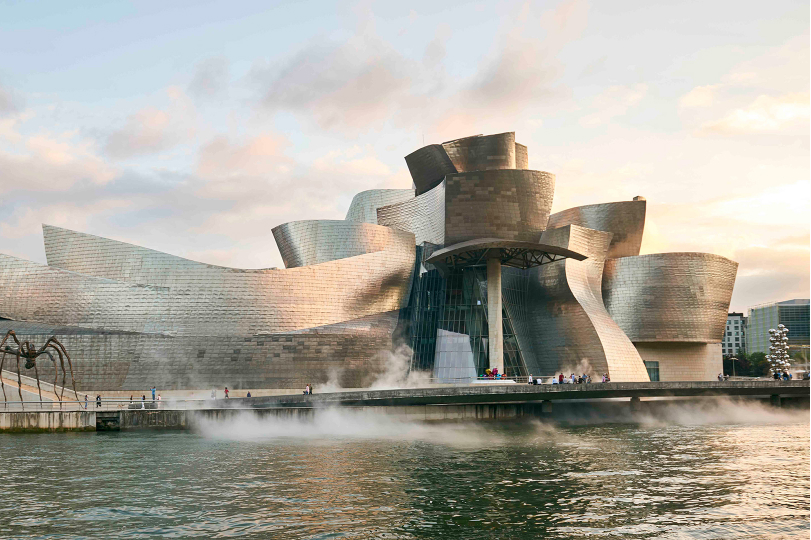
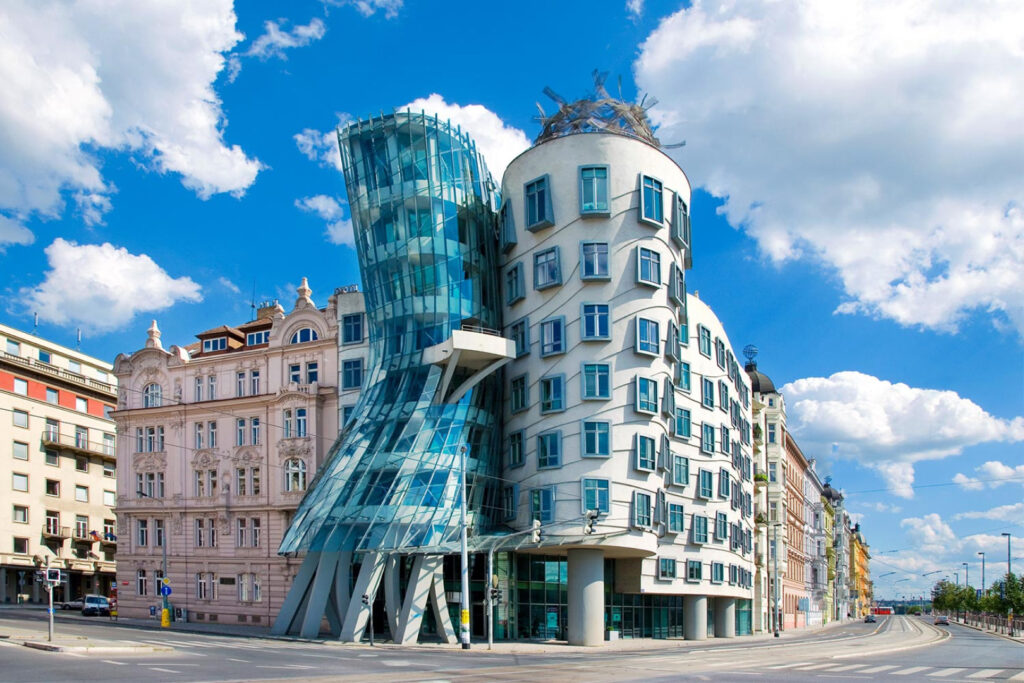
12. Craftsman
The last one in our architectural styles list is American Craftsman. It refers to home architecture styles, popular in the United States. Craftsman originated in the last decades of the XIX century. Small bungalows of average citizens of the United States can serve as vivid examples of American Craftsman.
The main building material for the construction of houses in the Craftsman style is wood. It is present in most architectural elements: the porch and terrace, windows and doors, beams and supports, cornices and platbands. One of the outstanding features of Craftsman-style buildings is the intricate, multi-pitch roof. Surrounded by wildlife, such structures look especially cozy and romantic.
Attractive for their simplicity and affordability, favorably complemented by uncomplicated wooden decorative elements, such houses have quickly gained popularity all over the world.
Among the features of the Craftsman architectural style, the following points attract the most attention:
- the low, overhanging multi-pitch roof;
- the presence of an attic with windows overlooking both the front and sides of the house;
- symmetry, the square shape facades;
- cladding the entire house with natural materials (wood, stone, tile);
- supporting columns for the projecting parts of the roof;
- basement finished in stone;
- stone chimneys;
- open terrace;
- massive canopy over the terrace, often on large pillars or columns;
- the presence of decorative wood or stone panels on the facades;
- a large number of windows with transoms or stained glass.
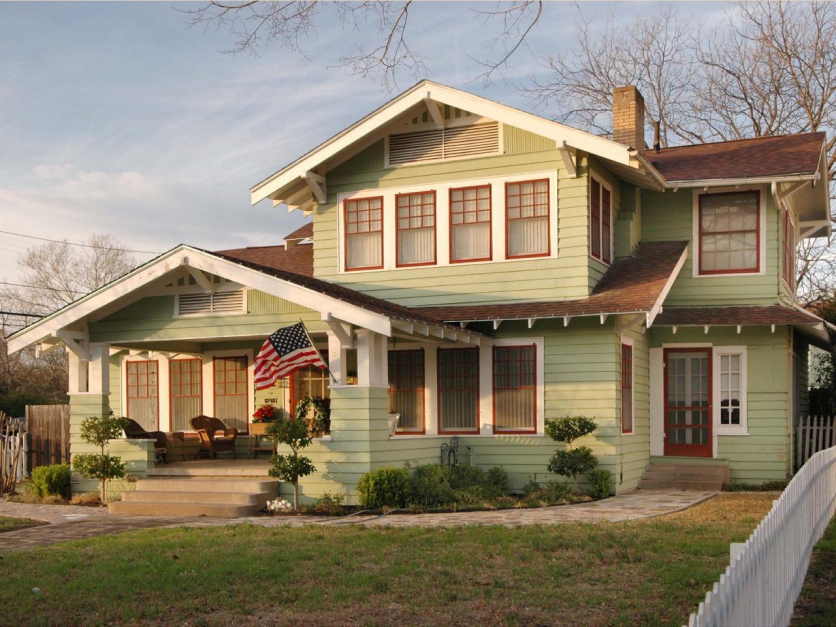
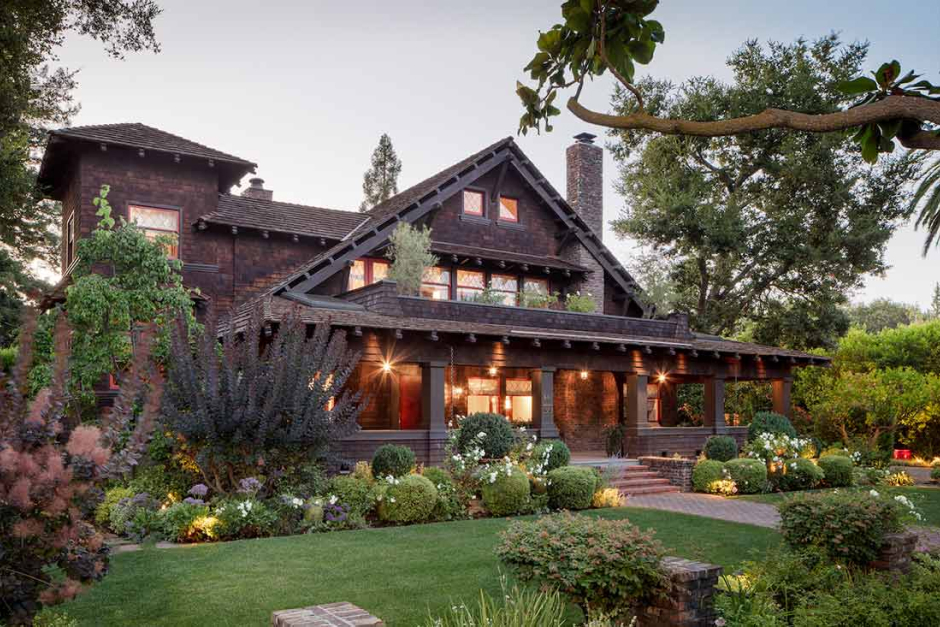

Conclusion
The majestic Gothic cathedrals, the splendor of the Baroque, the monumentality of Classicism, and the originality of Deconstructivism. The advantages and features of different architectural styles can be listed endlessly. People travel to the other side of the world to see or visit this or that architectural monument. Architecture styles remind us of the development of our history and can even serve as a business card of the state. This is something that always attracts attention, causes admiration, and remains in the memory for a long time.
Today, we figured out what is the architectural style and what types of architecture are there. In this list of the most popular architectural styles of all time, you will certainly find the one that will suit you the best for your future house design. Make the first step to your dream implementation with our 3D rendering services.

